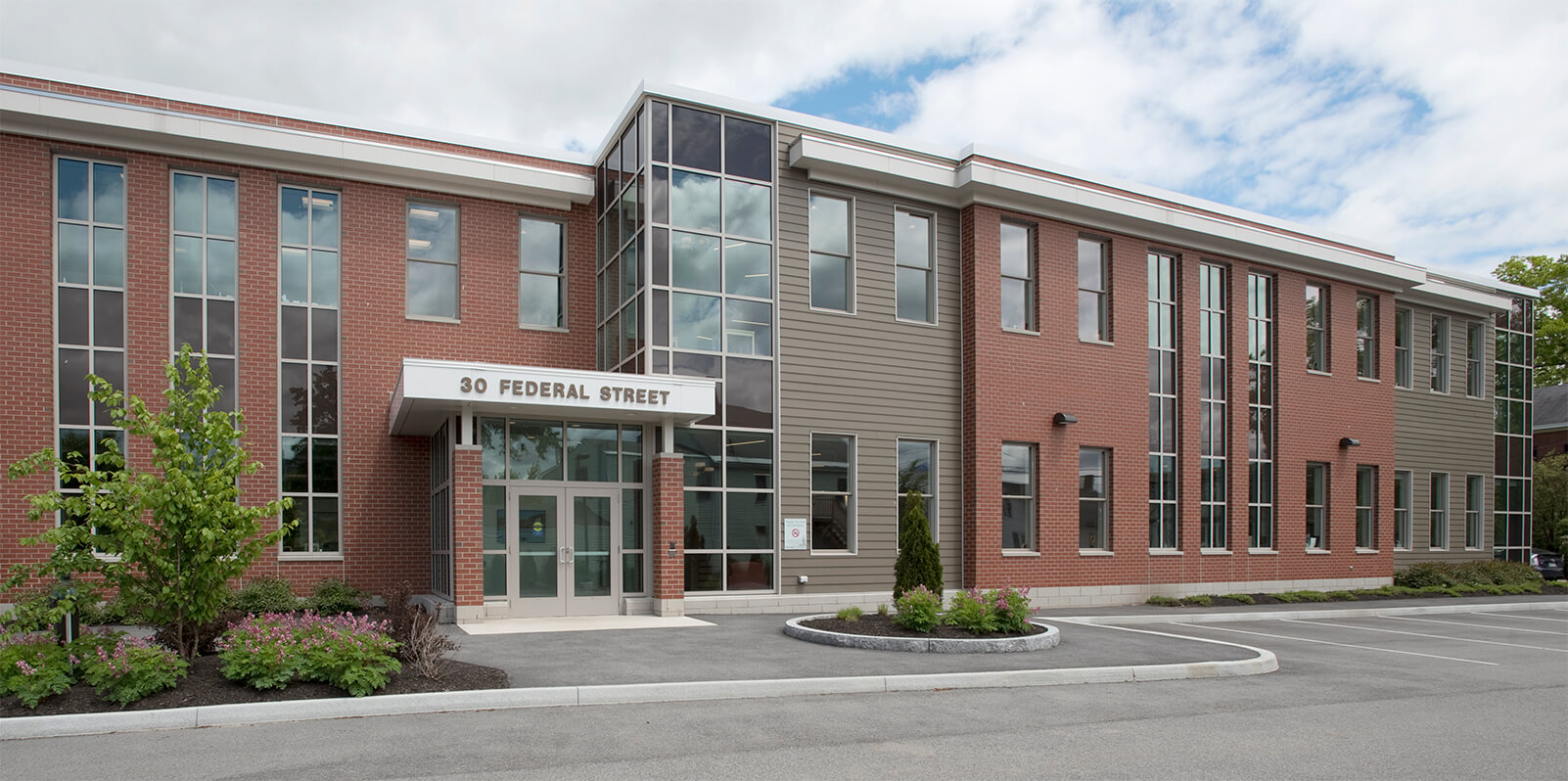November 27, 2018
CEI comment on the Advance Notice of Proposed Rulemaking regarding the Community Reinvestment Act
Recently, the U.S. Office of the Comptroller of the Currency (OCC) issued an Advance Notice of Proposed Rulemaking (ANPR) that laid out a series of questions about and some potentially sweeping changes to the Community Reinvestment Act (CRA). The OCC is one of the three federal agencies that regulate financial institutions, including evaluating their CRA performance. CRA is a law, passed in 1977, that provides incentives to banks to provide loans and services to people and communities with low and moderate incomes. CRA has played a huge role in providing needed capital and services to low-income home buyers, small businesses, and CDFIs, which have a mission to serve these markets. CEI, along with many other CDFIs, advocates, financial institutions, and community members, responded to the ANPR with comments regarding the importance of maintaining a strong and flexible CRA, and with suggestions on some improvements, especially around how to better serve rural communities.
November 19, 2018
The Honorable Joseph Otting
Comptroller of the Currency
Office of Comptroller of Currency (OCC)
400 7th Street SW, Suite 3E-218
Washington, DC 20219
Re: Advanced Notice of Rulemaking on “Reforming the Community Reinvestment Act Regulatory Framework”, 12 CFR Parts 25 and 195
Docket No. OCC-2018-008
Dear Comptroller Otting:
Coastal Enterprises,Inc. (CEI), appreciates this opportunity to comment on the Advance Notice of Proposed Rulemaking regarding the Community Reinvestment Act.
CEI is a 41-year-old Community Development Financial Institution (CDFI) that helps to grow good jobs, environmentally sustainable enterprises, and shared prosperity in Maine and in rural regions throughout the country by integrating financing, business and industry expertise, and policy solutions. CEI envisions a world in which communities all are economically and environmentally healthy, enabling all people, especially those with low incomes, to reach their full potential. Since 1977, the CEI family of organizations has provided $1.32 billion in financing to over 2700 enterprises,creating or retaining over 37,000 jobs and leveraging another $2.8 billion;created/preserved over 2000 affordable homes; provided training and counseling to over 55,000 individuals and businesses; created/preserved more than 5800 child care slots; and provided leadership on state and federal policy initiatives, including consumer protection and community investment issues at the state and federal level. CEI was a founding member of the New Markets Tax Credit Coalition and helped to shape that program, and has been a leader in New Markets, community development venture capital, and other creative and high-mission capital deployment in Maine and beyond. CEI is also a NeighborWorks Organization and a member of the National Community Reinvestment Coalition (NCRC), the Opportunity Finance Network (OFN), the CDFI Coalition,and the New Markets Tax Credit Coalition.
The Community Reinvestment Act (CRA) has been a critical factor in CEI’s success in raising and deploying capital. Like other CDFIs nationwide, CEI receives a majority of the funds that it lends and invests from financial institutions, from small community banks to large national lenders. Without the incentives of CRA, we would have been challenged to raise this capital and our impact would be significantly less. We urge the OCC and the other regulators to strongly consider the importance of CRA and to move with caution when proposing changes. While we believe that changes are needed to reflect the changing landscape of financial institutions, any changes must maintain the strong protection against redlining and focus on benefits to low- and moderate-income people and communities inherent in the Act. We do not want to see changes that weaken CRA’s impact on low- and moderate-income people or diminish the voices of those communities.
As a rural CDFI serving the state of Maine and rural regions nationally, we do encourage the regulators to consider ways to encourage increased investment in rural regions, both directly by banks and through banks’ investment in CDFIs. In rural areas, in particular, the investment required—which can be incented by CRA– goes beyond loans for homes, businesses and facilities and includes bank activities that support workforce and economic development. We note that economic recovery has been slower in non-metro than metro areas; while poverty rates have dropped in rural America, they have not done so at the rate of urban areas, and employment growth also lags, according to the USDA’s Economic Research Service[1]. As the Housing Assistance Council (HAC) points out in its comments on the ANPR, CRA as currently implemented has structural limitations that keep it from fulfilling its full potential in rural America. Following are some specific comments in response to the ANPR:
One Metric Approach
CEI strongly opposes the implementation of a simple formulaic metric to evaluate CRA performance. While we are sympathetic to banks’ desire for more certainty and predictability in their exams, we believe that this “one metric” approach will discourage innovation and lead banks to make larger investments in less-complicated deals that are less likely to have a significant impact on community needs. This will have a direct negative impact on low-income rural areas. In Maine, for instance, where median home prices vary widely, a bank operating statewide would have a strong disincentive to focus its mortgage lending in rural Aroostook County, where the median home sales price is currently $85,000, vs. Cumberland County with a median price of$310,000. Regional and national banks would have no incentive to lend in rural Maine, with an overall median home price of $215,000 if they have the choice of other, higher-cost markets such as Boston, where the median sales price was$599,000 in September 2018.
Similarly, the one metric creates a disincentive to invest in affordable multi-family housing in rural states like Maine, where deals are smaller and sometimes more complicated. In 2018, the five Low Income Housing Tax Credit deals approved by the Maine State Housing Authority averaged 50 units and a total development cost of $743,000. Compare that with LIHTC approvals in New York City in 2017, with an average of 97 units and total development cost of $1.6 million. From the point of view of a lender or tax credit investor, the smaller deals are less efficient, more complicated, and less lucrative – and would provide less CRA credit under a One Metric approach even if they are just as needed in their communities.
CEI believes that the one metric approach undermines the importance of performance context, and, contrary to the intent of CRA, takes the focus off the needs of specific communities and markets. Moreover, it would advantage urban over rural areas. As the Housing Assistance Council (HAC) notes in its comment, CRA impact in rural regions has been less powerful than in metro areas, and there are structural limitations that disadvantage rural. CEI urges the regulators not to support this major change that would undoubtedly exacerbate this disadvantage.
Assessment Areas
Assessment areas should retain a strong tether to bank branches. No reform should loosen accountability to communities or accelerate the abandonment of branches. However, this accountability needs to be balanced with an understanding of several important realities:
- In the current age of branchless banks and national banks with limited assessment areas, branch location can’t be the only criterion for assessment areas.
- National/branchless banks get deposits from and make loans all over the country and should have accountability to where they do business, not only where they get deposits.
- Some rural areas and other geographies are disinvested or bank deserts. Financial institutions should get credit for investing in such areas.
CEI recommends a three-pronged approach to this issue.First, banks with branches should continue to be evaluated primarily in assessment areas based on branch location. Additionally, there should be incentives for opening a new branch; for innovative strategies such as co-location of branches with community gathering places such as social service centers,co-working spaces, or retail stores; and for finding other ways to maintain a branch that provides important services even if it does not receive a high level of deposits. Second, banks should continue to receive CRA credit for loans and investments outside of their primary assessment areas, so long as they are satisfactorily serving their assessment areas. There should be greater clarity that this is the case, and incentives for investments in rural areas,banking deserts, or other hard-to-serve areas. Third, both branchless banks and national banks that are currently evaluated only where they are headquartered should have expanded assessment areas based on where their deposits come from and where they do a significant amount of lending, and should also receive credit for loans and investments in hard-to-serve areas.
Increased Clarity and Predictability for Financial Institutions
Banks need more clarity and certainty about what will count in their CRA exams. CEI believes that CRA should support and reward innovative and complex products and investments when they benefit low- and moderate-income communities, but we hear from our bank partners that there is great uncertainty about “what will count” when they contemplate innovative ideas. We suggest a clearinghouse or other mechanism where institutions can test an idea and receive preapproval quickly. In addition, we recommend more training for CRA examiners, who should be CRA specialists.
CRA Consideration for Investments, Loans, or Other Collaboration with CDFIs
CDFIs by definition serve LMI people and communities. As is currently the practice, included in the most recent Q&A, banks should continue to receive CRA credit for loans to or investments in CDFIs. But it is important that the geographic assessment area related limit on this credit be removed,giving CDFIs the same status as minority and woman-owned financial institutions and CRA credit for loans to and investments in CDFIs regardless of assessment area.
CDFIs are certified by the CDFI Fund and are required to serve low-income people and communities. With a strong presence in and knowledge of underserved communities, CDFIs are the ideal partner for conventional financial institutions as they strive to meet CRA goals. And CDFIs are a good investment. A recent study found that CDFI banks and credit unions have no more risk of financial failure than mainstream financial institutions, even after controlling for the CDFIs’ degree of involvement in the mortgage market during the 2008 financial crisis.[2] Non-profit CDFI loan funds notably came through the financial crisis financially strong and—in contrast to many conventional banks—actually increased small business lending during that period.
Of particular importance are lower cost and longer-term loans or EQ2s and other equity instruments. As the CDFI Coalition points out inits letter, the current regulations reward banks based on the number and dollar amount of loans, and short-term loans that match the CRA examination cycle are in effect rated more favorably than the more useful longer-term investments. The timeframe and the terms of these loans are not necessarily consistent with the timeframe of the loan capital that CDFIs need to make meaningful investments in distressed communities. We agree with the CDFI Coalition that CRA should reward banks that provide concessionary pricing, longer-term support, or other favorable terms on deposits and investments in and loans to CDFIs.
Community Development Lending and Investment
As CRA regulations are currently structured, the lending test is more heavily weighted than the community development test. CEI believes that Community Development lending and investment should not be an afterthought, but should instead be given equal weight. We believe this would result in increased credit and capital to underserved areas, especially in rural regions. Community Development investment is especially important in the gateway cities and small-town centers that are the heartbeat of Maine. Reinvestment in these communities is vital to maintain livable towns that provide jobs, housing, and critical services including health, child care, and broadband. It is critical that CRA fully value loans and investments, whether directly by a bank or through partnerships with and investments in CDFIs and non-profit organizations, that result in the creation of good jobs for low-income people and communities.
Thank you again for your consideration of CEI’s comments.
Sincerely,
Betsy Biemann, CEO
Keith Bisson, President
[1] https://www.ers.usda.gov/webdocs/publications/90556/eib-200.pdf?v=5899.2
[2] CDFIs Stepping into the Breach: An Impact Evaluation. The Carsey School of Public Policy (2015).



